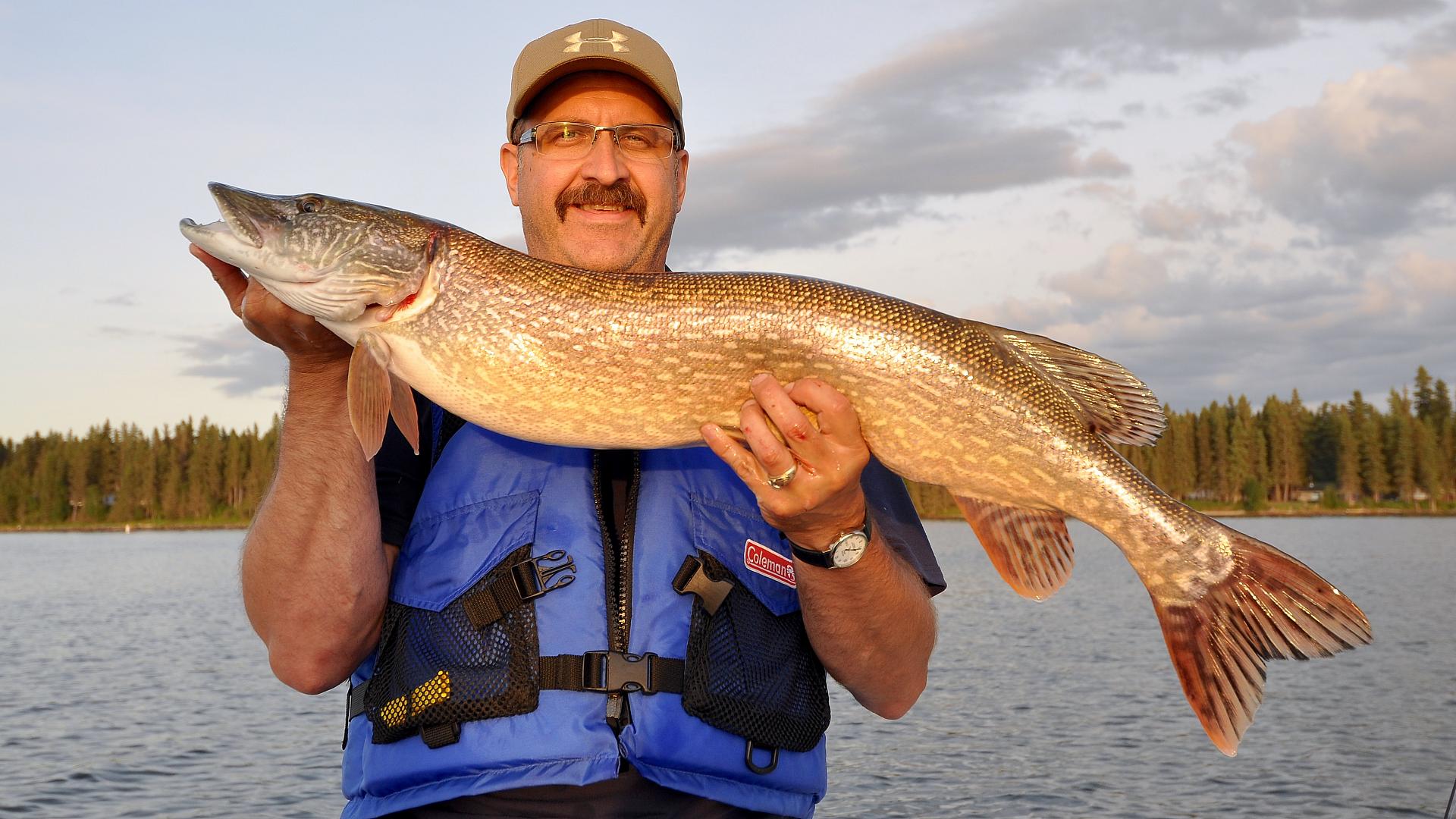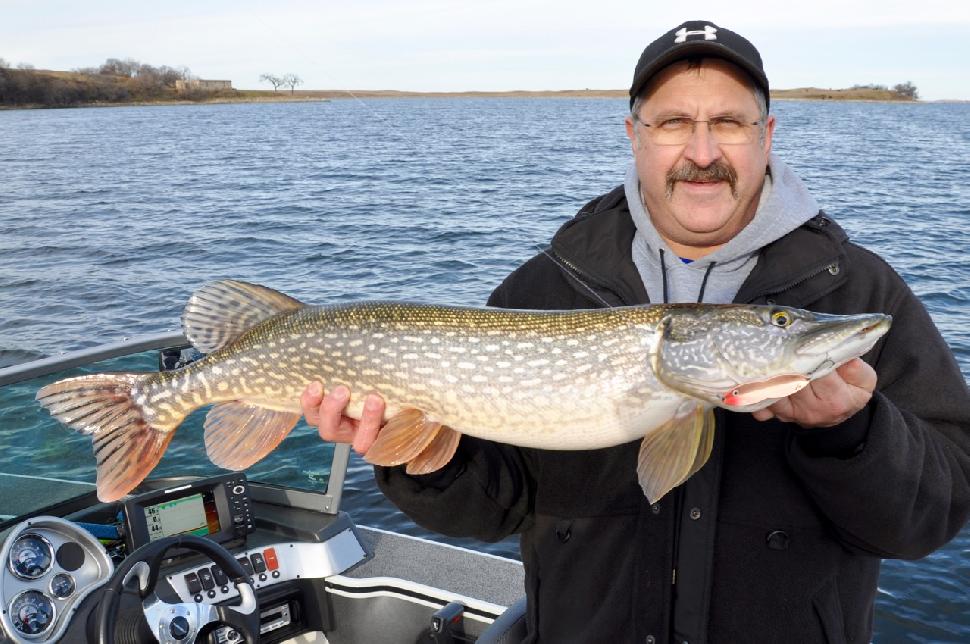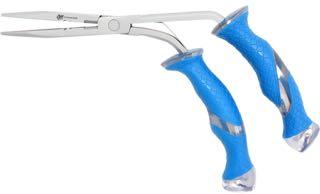Reconsidering northerns
Think pike are pesky? Here’s how to tackle the trophies throughout the open-water season
Advertisement
Spring
In the early spring, pike of all sizes can be found in shallow-water places, such as bays. Search weedy areas, near cattails and along rocky shorelines facing south, where the water is the warmest after ice-out. During this time, the fish are recovering from spawning and they’ll either be lounging or feeding heavily on all the aquatic creatures that come to life as the water temperature rises. The big pike will also be feeding on smaller northerns.
Advertisement
At this time of the year, fan-casting the shallows can be very productive, either from shore or from a boat. Some of the best baits for this are large, three- to five-inch spoons. Good choices include Len Thompson’s Yellow & Red (a.k.a. Five of Diamonds), PK Flutter Fish in silver or brass (below), Mepps’ Syclops and Luhr-Jensen’s Krocodile. If big pike are following the spoons and not biting, periodically stop reeling and let the bait flutter downward. After a short pause, start reeling again. The fish will often hit on the drop, so be ready to set the hook.
Lead-head jigs with large, soft-plastic paddletail swimbaits are also a good choice for early-season casting. My two favourites are the five-inch Doc’s Dipper in plain sexy (blue, green and pearl) and the six-inch Elite Sow Belly Swimmer in pearl, both from Tightlines UV. While smaller fish will often inhale a soft-plastic as it’s being retrieved at a constant speed, I find the bigger fish are more inclined to hit when it’s twitched and hopped along the bottom.
Advertisement
Another good spring casting bait is a size 12 or 14 Rapala Husky Jerk, which dives on the retrieve and suspends on the pause. I think the pause mimics a minnow stopping to assess danger, and that’s when a big northern will often strike.
Advertisement
Bonus tip: Tools for teeth
Part of showing respect for pike is releasing them quickly and safely, which requires a few tools. Instead of grabbing the big fish by the back of the head with a pair of rough gripper gloves, use a large, tangle-free rubber hoop net. For really big fish, a cradle is even better. With their long snouts, pike often deeply inhale lures, so it’s important to have a jaw spreader at the ready to prop that big mouth open and remove your bait. And to grab those baits, you’ll need a good pair of long, sturdy pliers. My favourites are Cabela’s 11-inch needle-nose pliers and Cuda’s nine-inch stainless steel pistol-grip pliers (above).




